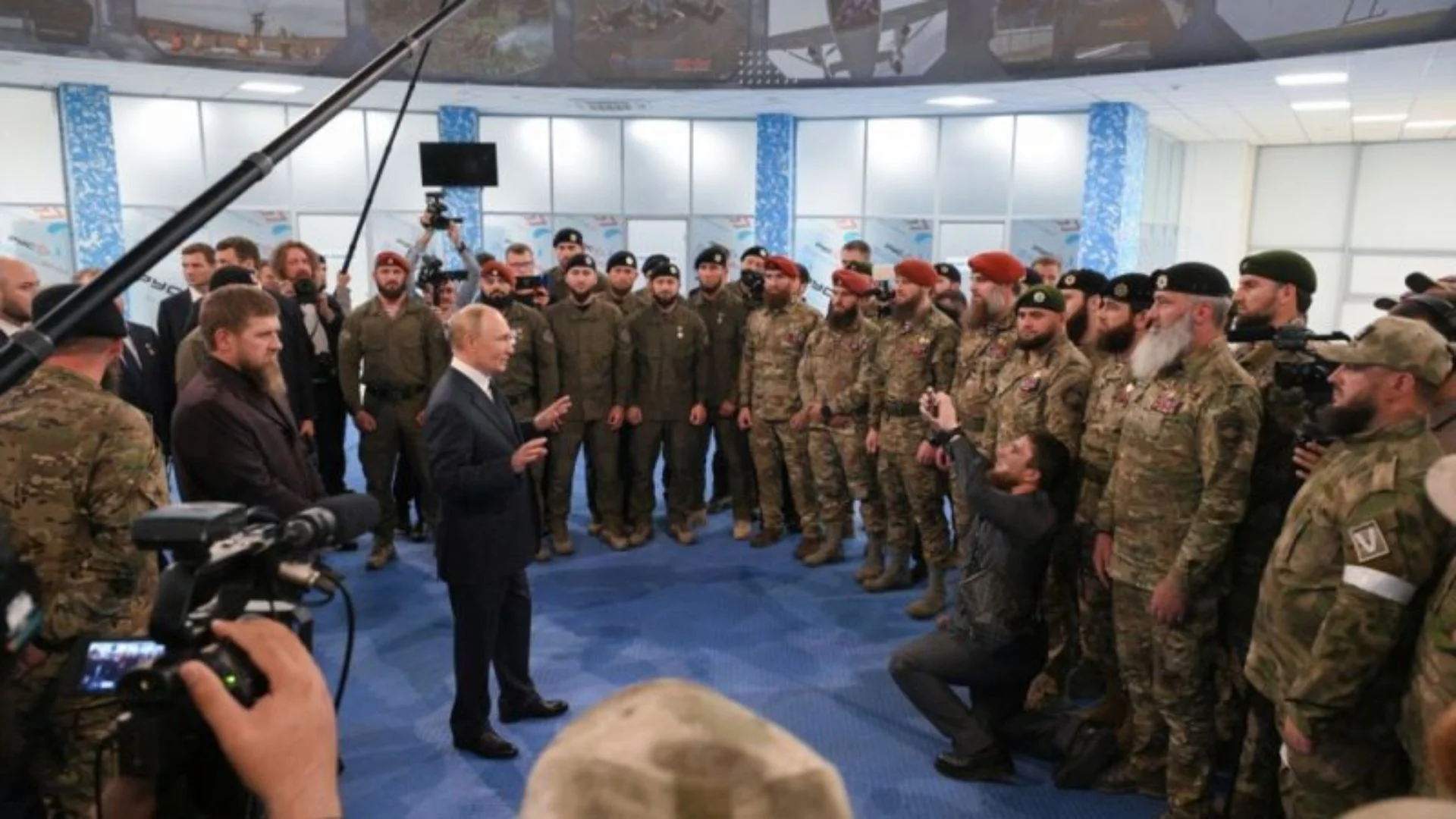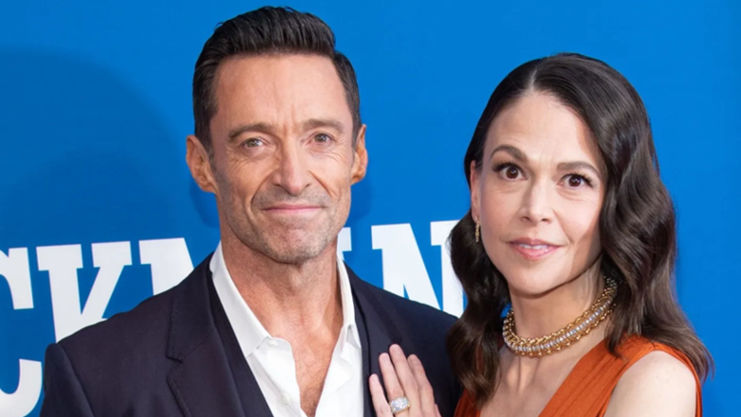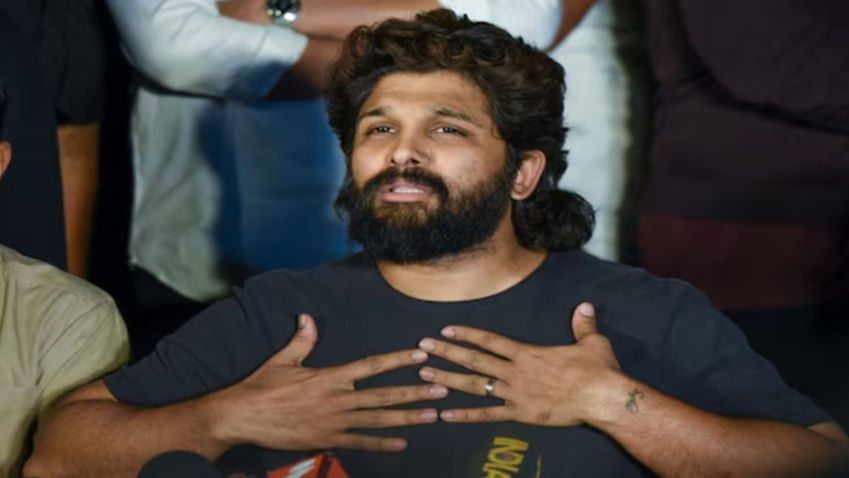Putin’s First Visit to Chechnya in 13 Years
Russian President Vladimir Putin, accompanied by Chechen leader Ramzan Kadyrov, made a previously unannounced visit to Chechnya on Tuesday. This marks Putin’s first trip to the North Caucasus republic in over a decade. During his visit, he inspected Chechen troops and volunteers preparing for combat in Ukraine. The visit comes as Russia intensifies its efforts to repel Ukrainian forces from its Kursk region following a significant invasion.
Support and Encouragement for Chechen Forces
At the Russian Special Forces University in Gudermes, Putin addressed the troops, emphasizing their vital role in defending Russia. “As long as we have men like you, we are absolutely invincible,” Putin stated, acknowledging the risks faced by soldiers in active combat compared to training exercises. He commended their bravery and commitment to defending the nation.
Kadyrov’s Contribution to the War Effort
Kadyrov, who has been sanctioned by the United States for alleged human rights abuses, reported that Chechnya has deployed over 47,000 troops to fight Ukraine since the conflict began, including around 19,000 volunteers. He has frequently portrayed himself as Putin’s loyal “foot soldier.” In response to a journalist’s question about Kadyrov’s role, Putin expressed appreciation, stating that even one such “foot soldier” is invaluable.
Putin’s Visit to Beslan and Address on National Security
Before his trip to Chechnya, Putin visited Beslan in North Ossetia for the first time in at least 16 years. The town was the site of the tragic 2004 school siege by Islamic militants, which resulted in over 330 deaths, including 136 children. Putin met with the victims’ families and acknowledged the lasting impact of the tragedy on Russia’s collective memory.
Addressing ongoing security challenges, Putin vowed to address threats in the Kursk region and Donbas, referring to recent Ukrainian incursions. “We will punish the criminals,” he assured, emphasizing the continuation of Russia’s fight against both internal and external threats.







